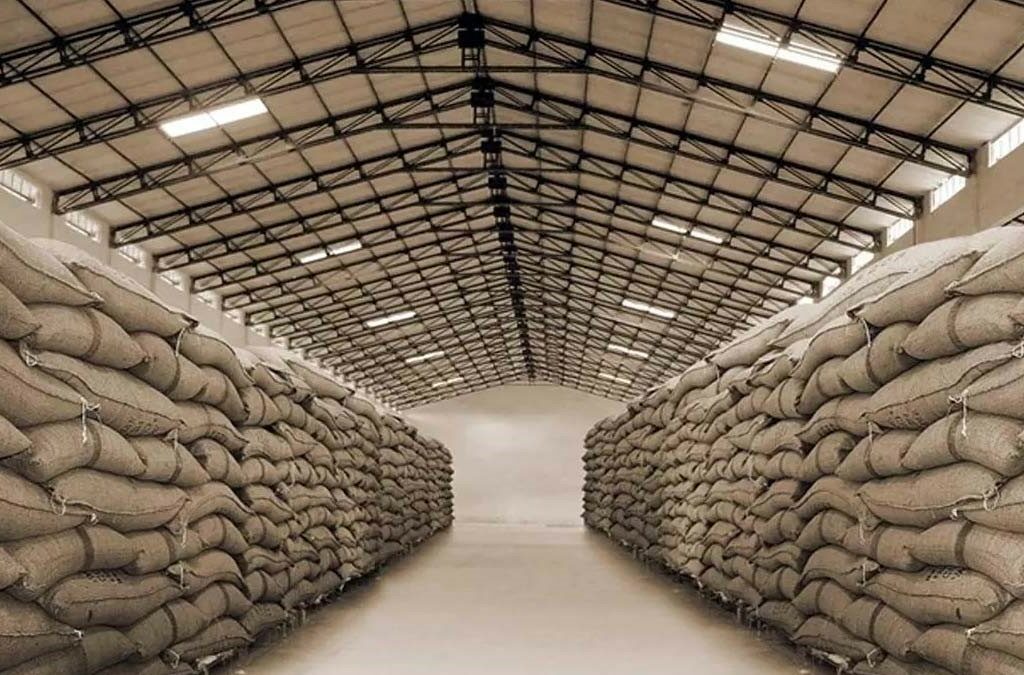
Unemployment remains a persistent and multifaceted challenge in India, posing significant socio-economic hurdles. One primary issue is the burgeoning youth population, which is entering the job market at a rate that exceeds the creation of suitable employment opportunities. The country’s economy, marked by its reliance on traditional sectors, struggles to accommodate the aspirations and skills of the youth, resulting in a stark gap between demand and supply in the job market. Additionally, the informal nature of a substantial portion of the workforce exacerbates the problem, leading to job insecurity, lower wages, and limited access to social security. The recent technological shifts and automation trends further complicate matters, demanding a reevaluation of skill sets and the creation of new job avenues. Addressing these challenges requires a comprehensive approach, encompassing education reforms, skill development initiatives, and the promotion of innovative sectors to foster sustainable employment opportunities for the diverse and dynamic Indian workforce.
Tag: GS-3 Unemployment and Issues arising from it
Contents
- 1 In News:
- 2 Understanding Unemployment
- 3 Major Causes of Unemployment in India
- 4 Government Initiatives to Combat Unemployment
- 5 Frequently Asked Questions (FAQs)
- 5.1 Q: Why is youth unemployment a significant challenge in India?
- 5.2 Q: What role does the informal sector play in India’s unemployment challenges?
- 5.3 Q: How does the traditional nature of the Indian economy impact unemployment rates?
- 5.4 Q: What impact do technological shifts and automation have on unemployment in India?
- 5.5 Q: How can education and skill development initiatives address unemployment challenges in India?
- 6 In case you still have your doubts, contact us on 9811333901.
In News:
High unemployment poses a significant challenge in Chhattisgarh.

Understanding Unemployment
Definition
Unemployment refers to the condition where an individual actively seeking employment remains without work, serving as an indicator of the economic health of a nation.
NSO’s Classification
The National Statistical Office (NSO) defines employment statuses, categorizing individuals as ‘Employed’ (engaged in economic activity), ‘Unemployed’ (seeking or available for work), or neither seeking nor available for work.
Labor Force and Unemployment Rate
The labour force comprises those working or actively seeking employment. The unemployment rate is calculated as the percentage of the labour force without work, employing the formula: (Unemployed Workers / Total labour force) × 100.
Types of Unemployment
Disguised Unemployment
- More people employed than necessary, often observed in the agricultural and unorganized sectors in India.
Seasonal Unemployment
- Occurs during specific seasons, impacting agricultural labourers with sporadic employment.
Structural Unemployment
- Arises from a mismatch between available jobs and workers’ skills, often linked to inadequate education and training.
Cyclical Unemployment
- Tied to economic cycles, rising during recessions and decreasing with economic growth.
Technological Unemployment
- Job loss due to technological advancements, with automation posing a significant threat.
Frictional Unemployment
- Time lag between jobs when individuals are transitioning or searching for new employment.
Vulnerable Employment
- Informal work without legal protection, prevalent in India’s informal sector.
Major Causes of Unemployment in India
Social Factors
- Caste-based restrictions and joint family dynamics can limit employment opportunities.
Rapid Population Growth
- Constant population increase contributes to the unemployment challenge.
Agricultural Dominance
- A significant portion of the workforce relies on agriculture, which is underdeveloped and seasonal.
Decline in Cottage Industries
- Industrial development negatively impacted cottage and small industries, leading to unemployment.
Labor Immobility
- Low mobility due to family ties and regional factors restricts job-seeking efforts.
Education System Deficiencies
- Lack of specialized training and skills in India’s education system hampers employability.
Government Initiatives to Combat Unemployment
- SMILE (Support for Marginalized Individuals for Livelihood and Enterprise)
- PM-DAKSH (Pradhan Mantri Dakshta Aur Kushalta Sampann Hitgrahi)
- MGNREGA (Mahatma Gandhi National Rural Employment Guarantee Act)
- PMKVY (Pradhan Mantri Kaushal Vikas Yojana)
- Start-Up India Scheme
- Rozgar Mela
| UPSC Previous Year Questions Prelims (2013) Q. Disguised unemployment generally means (a) large number of people remain unemployed (b) alternative employment is not available (c) marginal productivity of labour is zero (d) productivity of workers is low Ans: (c) Exp: An economy demonstrates disguised unemployment when productivity is low and too many workers are filling too few jobs. Marginal productivity refers to the additional output that is gained by addition of one unit of labour. Since, in disguised unemployment, a greater number of labour than required are already engaged in the work, the marginal productivity of labour is zero. Therefore, option (c) is the correct answer. |
Source: TH
Frequently Asked Questions (FAQs)
Q: Why is youth unemployment a significant challenge in India?
India faces a substantial challenge with youth unemployment due to a growing population entering the job market at a pace that outstrips the creation of suitable employment opportunities. The mismatch between skills acquired and job market demands exacerbates this issue.
Q: What role does the informal sector play in India’s unemployment challenges?
The informal sector, comprising a significant portion of the Indian workforce, contributes to unemployment challenges by offering job insecurity, lower wages, and limited access to social security. Addressing these issues necessitates reforms to formalize employment relationships.
Q: How does the traditional nature of the Indian economy impact unemployment rates?
India’s reliance on traditional sectors creates challenges as the economy struggles to accommodate the evolving aspirations and skills of the youth. The need for a shift towards more innovative and technologically-driven industries becomes crucial to bridge the gap between demand and supply in the job market.
Q: What impact do technological shifts and automation have on unemployment in India?
Technological advancements and automation trends contribute to unemployment challenges in India by transforming industries and demanding new skill sets. As routine tasks become automated, there is a pressing need for upskilling the workforce to align with the evolving demands of the job market.
Q: How can education and skill development initiatives address unemployment challenges in India?
Education and skill development play a pivotal role in mitigating unemployment challenges in India. Reforms in the education system, coupled with targeted skill development programs, can equip the workforce with the skills required for emerging sectors, fostering sustainable employment opportunities and economic growth.
In case you still have your doubts, contact us on 9811333901.
For UPSC Prelims Resources, Click here
For Daily Updates and Study Material:
Join our Telegram Channel – Edukemy for IAS
- 1. Learn through Videos – here
- 2. Be Exam Ready by Practicing Daily MCQs – here
- 3. Daily Newsletter – Get all your Current Affairs Covered – here
- 4. Mains Answer Writing Practice – here

